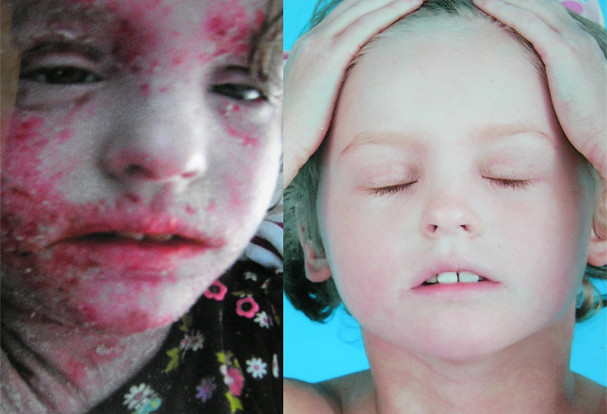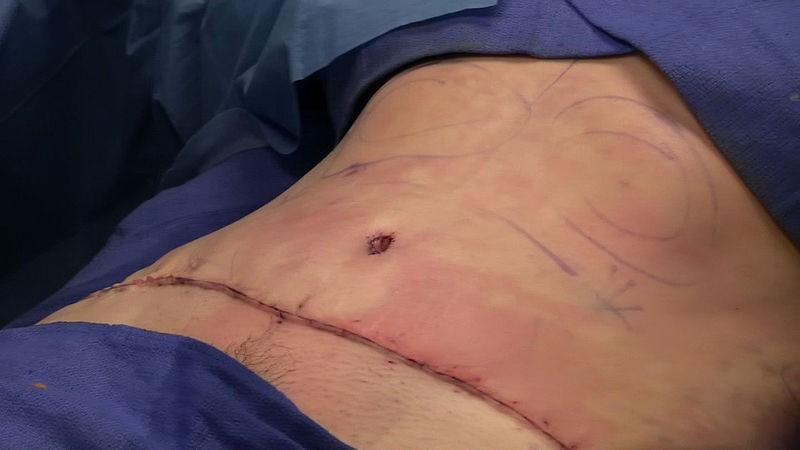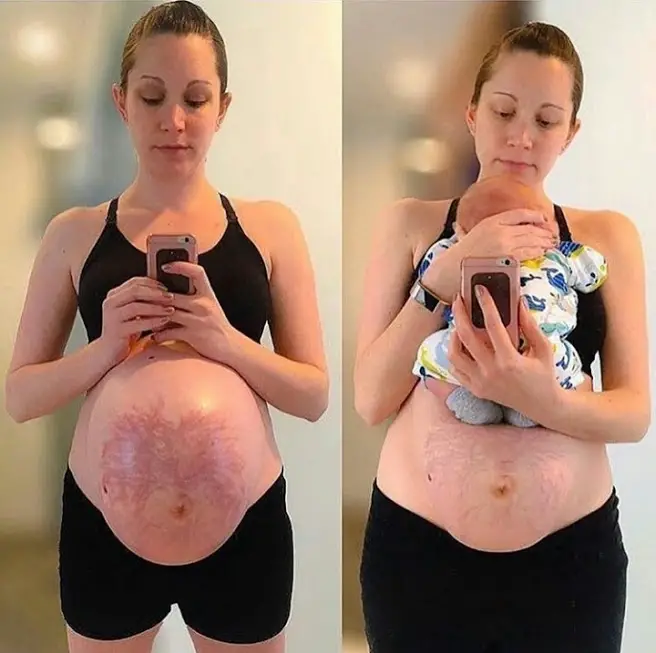If you’re trying to figure out how to lighten skin after eczema, you’ve come to the right place. This article will guide you through a step-by-step process to help you manage skin discoloration effectively.

Table of Contents
How to Lighten Skin After Eczema
The following sections will guide you on how to lighten skin after eczema.
Consult a Dermatologist
Before you start with any skin-lightening treatments, consult a dermatologist for an accurate diagnosis and appropriate treatment recommendations. A dermatologist can perform skin tests and give you a customized treatment plan that is both safe and effective for your specific condition.
This step is crucial to avoid any treatments that may exacerbate your skin issues.
Choosing the Right Skin Care Products
One of the first steps in lightening your skin after eczema is selecting the right skin care products. These products can vary in ingredients, potency, and suitability for your skin type.
Kojic Acid: This is a natural substance derived from fungi. It’s often included in skin-lightening products. Kojic acid works by inhibiting the production of melanin in the skin. Always follow the manufacturer’s guidelines on how to use these products. Do a patch test first to ensure you don’t have an adverse reaction. Source
Vitamin C: This antioxidant is known for its skin-lightening properties. You can find vitamin C in various forms including serums, creams, and oral supplements. It helps to inhibit the enzyme tyrosinase, which in turn prevents melanin production. However, high concentrations can irritate the skin, so start with a lower concentration and work your way up.
Hydroquinone: This chemical is often considered the most effective for lightening skin but should be used with caution. It is a strong bleaching agent. Hydroquinone also inhibits the production of melanin but can have side effects such as irritation and, in extreme cases, ochronosis, a form of hyperpigmentation. Always consult your dermatologist before using products with hydroquinone. Source
Choosing and Testing: Regardless of which product you choose, it’s crucial to perform a patch test to make sure it doesn’t irritate your skin or worsen your condition. Apply a small amount to a discreet area of your skin, then wait 24-48 hours. If you experience any irritation, do not use the product and consult your dermatologist.
Natural Remedies
Some people prefer to use natural methods for skin lightening. It’s essential to understand that while these are generally less potent than chemical products, they can still cause reactions depending on your skin type.
Aloe Vera Gel: This natural remedy has been claimed to have skin-lightening properties. To apply, take the gel from an aloe vera leaf and apply it directly onto the affected areas. Leave it on for about 20 minutes before rinsing. The aloin component helps with skin lightening, but results can vary.
Lemon Juice: Lemon juice contains citric acid which can have a bleaching effect on the skin. However, lemon juice can make your skin photosensitive. Always dilute it with water or honey before applying it to your skin. Do not expose the treated area to sunlight.
Turmeric Paste: Turmeric contains curcumin, which has anti-inflammatory and antioxidant properties. Make a paste by mixing turmeric powder with water and apply it to the affected areas. However, note that turmeric can stain your skin yellow and its efficacy in skin lightening is less proven.
Medical Treatments
If over-the-counter products and natural remedies are ineffective, you may need to consider medical treatments for skin lightening. These should only be undertaken under the guidance of a qualified dermatologist.
Chemical Peels: These involve the application of a chemical solution that causes the skin to blister and eventually peel off, revealing new, lighter skin underneath. The chemicals usually used include alpha hydroxy acids (AHAs) like glycolic acid. Multiple sessions are generally needed for noticeable results.
Laser Therapy: In this method, lasers are used to remove the outer layer of your skin or damage the cells that produce melanin. This is an intricate procedure that needs to be performed by a certified professional. It’s crucial to understand that this method often requires multiple sessions and can be expensive.
Microdermabrasion: This involves the mechanical exfoliation of the outermost layer of dead skin cells. It’s less invasive than a chemical peel or laser therapy, but multiple sessions are usually needed for optimal results.
Consultation and Follow-up: All these medical treatments require thorough consultation and possibly skin tests to determine their suitability for your skin type and condition. Always adhere to post-treatment guidelines provided by your dermatologist to minimize risks and side effects.
Check out these other related articles…
Discoloration of Skin Due to Eczema: Comprehensive 411 Guide
Bumps on Skin From Eczema: A Comprehensive 411 Guide
Lines on Skin from Eczema: Comprehensive 411 Guide
Red Skin After Eczema: Your Complete Treatment Guide
Can Skin Recover From Eczema: The Ultimate Guide to Healing
Skin Peeling After Eczema Flare Up: Healing or Concern?
Does Skin Discoloration from Eczema Go Away? Detailed Answer
Preventing Future Discoloration
Prevention is always better than cure. To avoid future skin discoloration due to eczema, focus on managing your eczema effectively.
Use hypoallergenic skin care products, keep your skin moisturized, and avoid triggers like allergens and irritants.
Following a consistent skincare routine and sticking to the treatment plan from your dermatologist can help minimize future flare-ups and subsequent skin discoloration.

